How to clean a top-loading washer in 7 steps – and wipe out foul odors and musty laundry
Tackle the task of cleaning your top-loading washing machine with this expert-approved, eco-friendly method


Your washing machine is used regularly to keep your clothes and laundry fresh – but do you know how to clean your top loader?
A dirty top-loading machine can smell from a build up of soap scum, mineral deposits and other grime, leaving your clothes musty and unclean. Regular maintenance cleans will help.
Our laundry pros and professional cleaners share their easy eco-friendly cleaning tips for your top-loading washer to ensure fresh laundry and extend the life of your appliance
Why you need to clean your top-loading machine

'Top loaders use an agitator or impeller to move clothes around in the water,' says Rinea Blanchard, owner of Superior Contract Cleaning. 'They are generally easier to clean than a front-loading machine because you can easily access the tub.'
Cleaning yours regularly is an important step to clean, fresh laundry. 'Washing machines benefit from regular cleaning, as detergent, grime, and minerals can build up inside the machine, especially if you’re using a lot of fabric softener or have hard water,' says Robert Vodicka, owner and operator of Sun Life Cleaning Services. 'This buildup can affect the machine’s efficiency, cause unpleasant odors, and shorten its lifespan. Regular cleaning helps prevent these issues.'
How often do you need to clean your top load washing machine

Wondering how often you should clean your washing machine? It's a task we all neglect, but it should be carried out more often than you think.
'A top load washing machine should be cleaned twice a year on average,' says Doty. 'How dirty your laundry loads get will also impact how often you should clean your washer. Frequent use of a washer (especially with heavily soiled loads) is also an important factor. Hard water build up should be approached in the same fashion.'
If you're not sure whether your washing machine needs a clean, keep an eye out for laundry that's coming out looking dull and dingy, or any foul, musty odors coming from your machine and laundry area. 'If your clothes aren’t smelling as fresh as they used to, that’s another red flag,' says Vodicka.
'These unpleasant odors usually stem from detergent and fabric softener buildup, moisture retention, overuse of cold water cycles, poor ventilation, infrequent cleanings, or hard water deposits,' explains Taylor Riley, founder of Boom Facility Service Advisors.
Cleaning your top-loading washer will also help keep your appliance working for longer, just make sure you're not making a washing machine placement mistake which could affect the lifespan of your machine.
What you will need to clean a top-loading washer

- Hot water
- Baking soda
- White vinegar
- A microfiber cloth
- A toothbrush or scrubbing brush
- Optional: commercial cleaner or bleach, such as Affresh Washing Machine Cleaner available at Amazon, or OxiClean Washing Machine Cleaner available at Walmart, which is recommended by Daniel Anderson, CEO of Gorubbishgo.
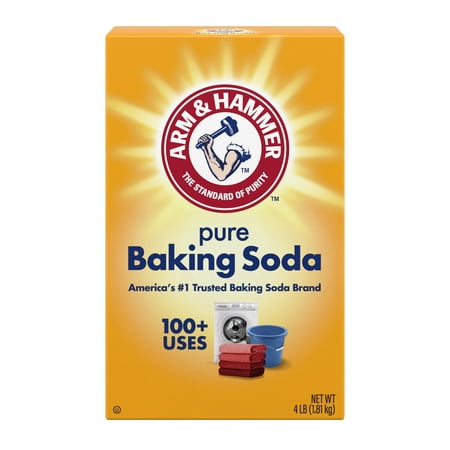
This baking soda is a natural deodorizer with over one hundred uses around the home, including cooking, cleaning and baking. It's also free of harsh chemicals, and gentle enough to use on most surfaces.
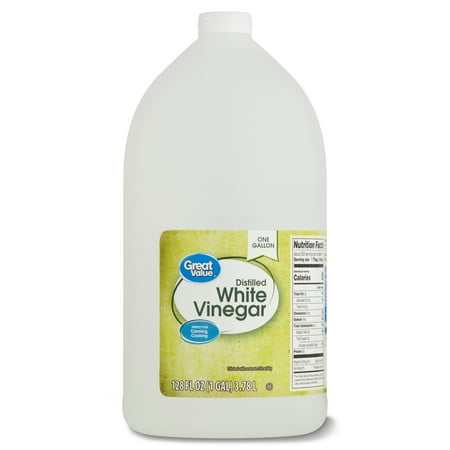
This vinegar is distilled with a 5% acidity, with no artificial colors, making it a versatile product for both cooking and cleaning.
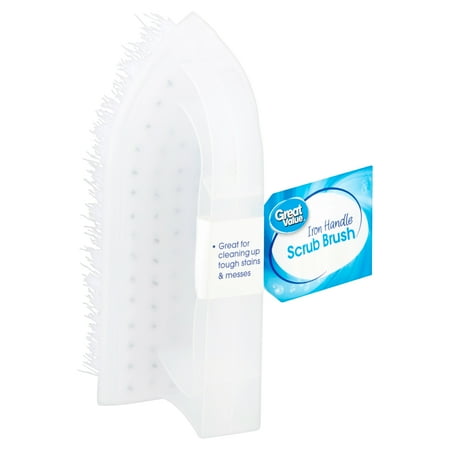
This scrubbing brush features an elevated iron handle, to keep your hand away from harsh chemicals when cleaning around the house.
How to clean a top-loading washer in 7 simple steps
Once you've assembled your cleaning supplies, it's time to get started.
- Run a hot water cycle with 2 cups of baking soda and 2 cups of vinegar.
- Clean the detergent and bleach dispensers by removing them and rinsing them. 'Mix equal parts vinegar and water in a mixing bowl and let the pieces soak,' says Doty, for an hour, or, ideally, overnight.
- Wipe down the drum with a microfiber cloth, and use a toothbrush to get into all the crevices. We recommend the bestselling HOMEXCEL Microfiber Cleaning Cloths available at Amazon.
- To clean the agitator in a washing machine, if your machine has one, lift it and clean underneath. 'You'd be surprised what can build up there,' says Blanchard.
- Rinse soaking parts in running water and put back in.
- Run a short, empty final rinse cycle.
- Leave to air-dry with the door open.
If your washing machine still smells, or doesn't appear to be clean, it might be time to use a commercial cleaner. Always follow the manufacturers instructions, and always leave your washing machine door open between washes.
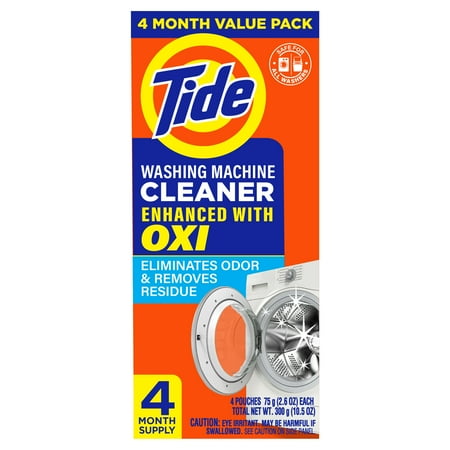
This product is specifically designed by Tide to deep-clean your washing machine, even working to cut through grime in areas you can't see. The formula works effectively even in hard water, and can be used monthly to fight odors, lift residue, and leave a fresh, clean scent.
Tips for maintaining a clean top-loading washer
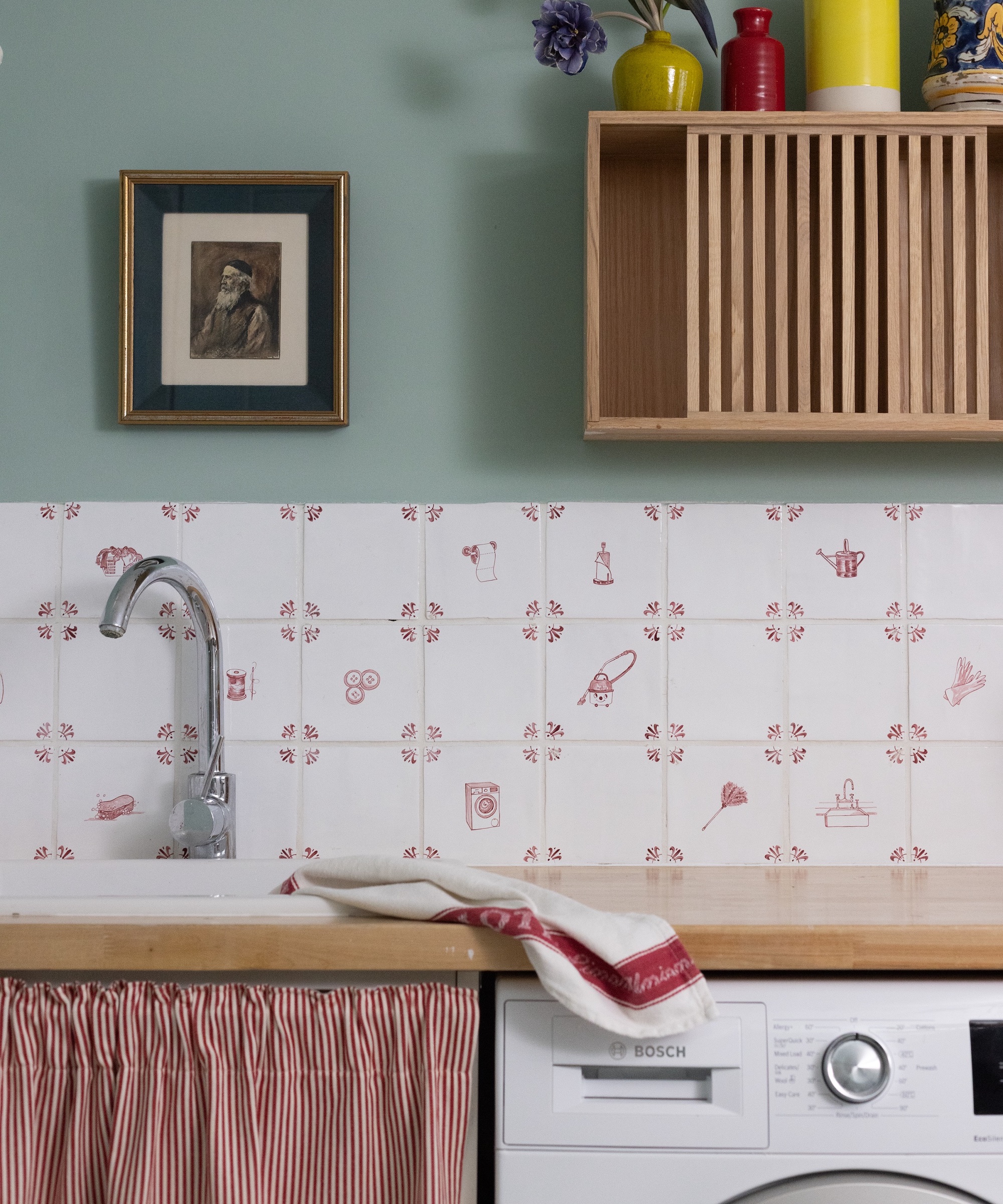
Once you've mastered how to clean a washing machine that smells, and yours is sparkling clean, you will be wanting to keep it that way.
'Limit the amount of detergent you use,' advises Doty. 'More dirt doesn't always equal more detergent. Too much detergent can reduce the amount of friction that is necessary to properly remove dirt and is a key culprit in buildup.'
Another way to maintain a clean top-loading washer is by regularly cleaning and wiping down the drum after each load, or at least weekly, if you regularly wash soiled clothes, says Vodicka.
'Also, clean the lint filter regularly if your machine has one,' says Blanchard.
FAQs
Can you use bleach to clean your top-load washer?
Bleach can be used to clean a top-load washer to eliminate odors and kill bacteria, but it's always worth considering a more eco-friendly option first. Cleaning with baking soda or with vinegar is a great DIY hack for making washing machine cleaner. Just make sure you know how much vinegar to clean a washing machine with.
While bleach won't damage your machine, always run an empty hot cycle after using it to ensure there is no residue left in the drum which could damage your laundry.
Once your washing machine is sparkling clean, conquer your laundry with our straightforward guide to washing machine settings.
Sign up to the Homes & Gardens newsletter
Design expertise in your inbox – from inspiring decorating ideas and beautiful celebrity homes to practical gardening advice and shopping round-ups.

Ottilie joined Homes & Gardens last year, after finishing a Master's in Magazine Journalism at City, University of London. With previous contributions in Livingetc and Motorsport Magazine, she produces content for the Solved section on the website, focusing on clever tips and tricks to keep your home beautiful, organized and clean. She also has an undergraduate degree in English Literature and History of Art from the University of Edinburgh, where she developed a love for inspiring interiors and architecture.
-
 The biggest curtain trends to follow in 2025 – 8 key looks to shop that will instantly elevate your rooms
The biggest curtain trends to follow in 2025 – 8 key looks to shop that will instantly elevate your roomsThese are the colors, styles, and materials to embrace in your windows this year if you want desirable drapes, plus our favorite places to shop the trends
By Lilith Hudson
-
 Reese Witherspoon upgraded a small corner into a cozy reading nook – designers say you can replicate her 'ultimate little escape' (from $18)
Reese Witherspoon upgraded a small corner into a cozy reading nook – designers say you can replicate her 'ultimate little escape' (from $18)'It’s all about comfort, calm, and just the right amount of cozy': You only need three things to follow Reese's example – and it's not only for book lovers
By Megan Slack
-
 My cheap dehumidifier makes easy work of air drying laundry indoors despite the humidity of spring showers – get yours on sale for just $49 now
My cheap dehumidifier makes easy work of air drying laundry indoors despite the humidity of spring showers – get yours on sale for just $49 nowIt's useful for lots of things around my home
By Punteha van Terheyden
-
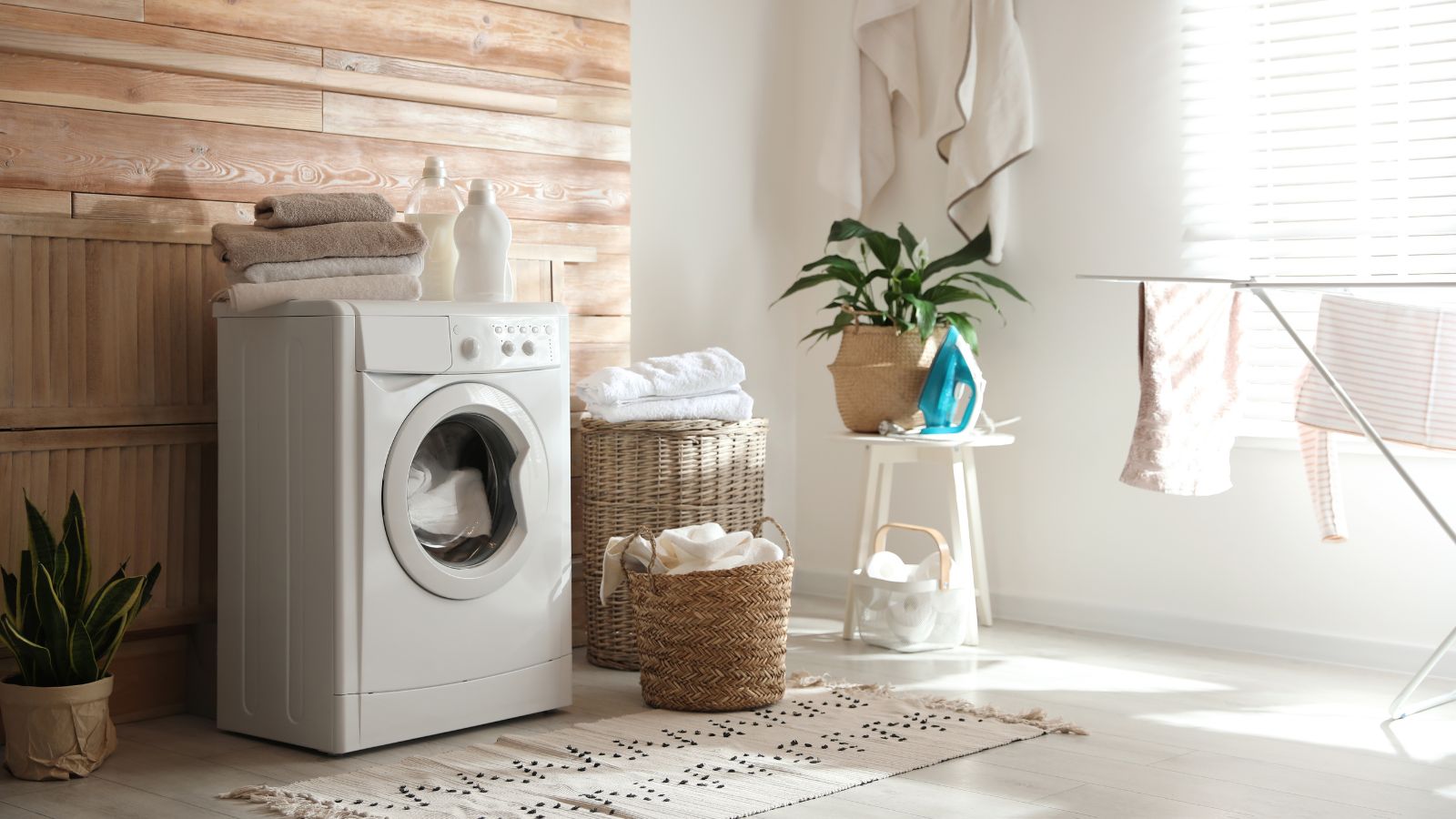 Looking for a natural laundry-softening alternative? I'm a professional cleaner and it's time to ditch synthetic ones for 5 non-toxic softeners that work
Looking for a natural laundry-softening alternative? I'm a professional cleaner and it's time to ditch synthetic ones for 5 non-toxic softeners that workRefresh your laundry routine with these fabric softener alternatives
By Karina Toner
-
 Unlock the magical mold-killing and stain-busting superpower of this humble household ingredient that costs just 50 cents
Unlock the magical mold-killing and stain-busting superpower of this humble household ingredient that costs just 50 centsIf you have aspirin in the house, you can use it to banish mold
By Ottilie Blackhall
-
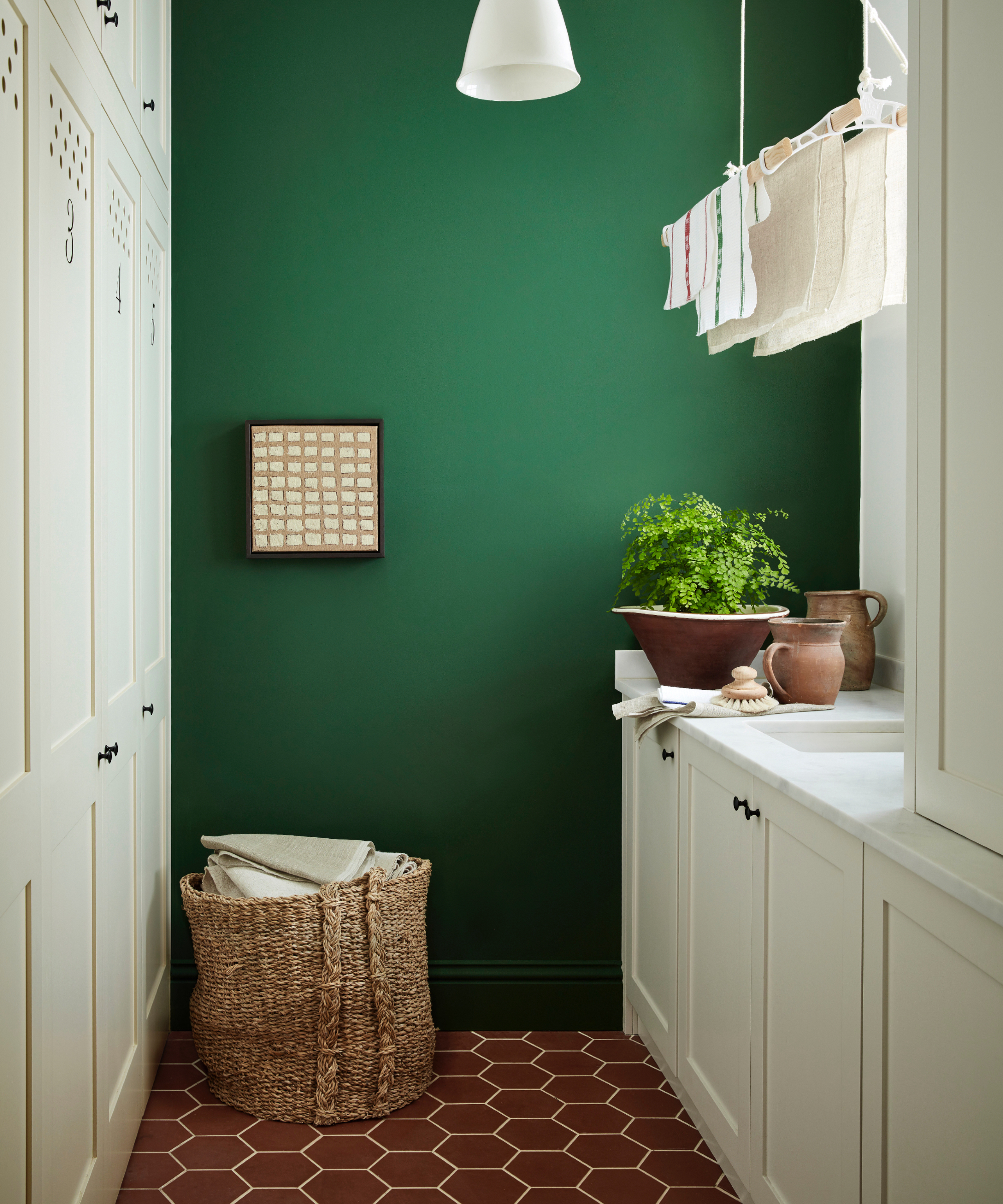 5 warning signs you're using the wrong amount of detergent – avoid greasy residue, stiff fabrics and skin issues with these simple cleaner-approved tips
5 warning signs you're using the wrong amount of detergent – avoid greasy residue, stiff fabrics and skin issues with these simple cleaner-approved tipsPlus, why it's important to get the amount just right
By Ottilie Blackhall
-
 6 ways to prevent mold and damp in bedrooms – expert solutions to maintain a safe sleep environment
6 ways to prevent mold and damp in bedrooms – expert solutions to maintain a safe sleep environmentDon't sleep on these six tips, experts urge
By Seraphina Di Mizzurati
-
 Laundry experts reveal 7 unexpected washing rules you can throw out the window – from separating fabrics to mixing whites and colors
Laundry experts reveal 7 unexpected washing rules you can throw out the window – from separating fabrics to mixing whites and colorsForget everything you thought you knew
By Ottilie Blackhall
-
 Using this button on your washing machine will cut your bills and help the planet
Using this button on your washing machine will cut your bills and help the planetA single switch can make a load of difference
By Chiana Dickson
-
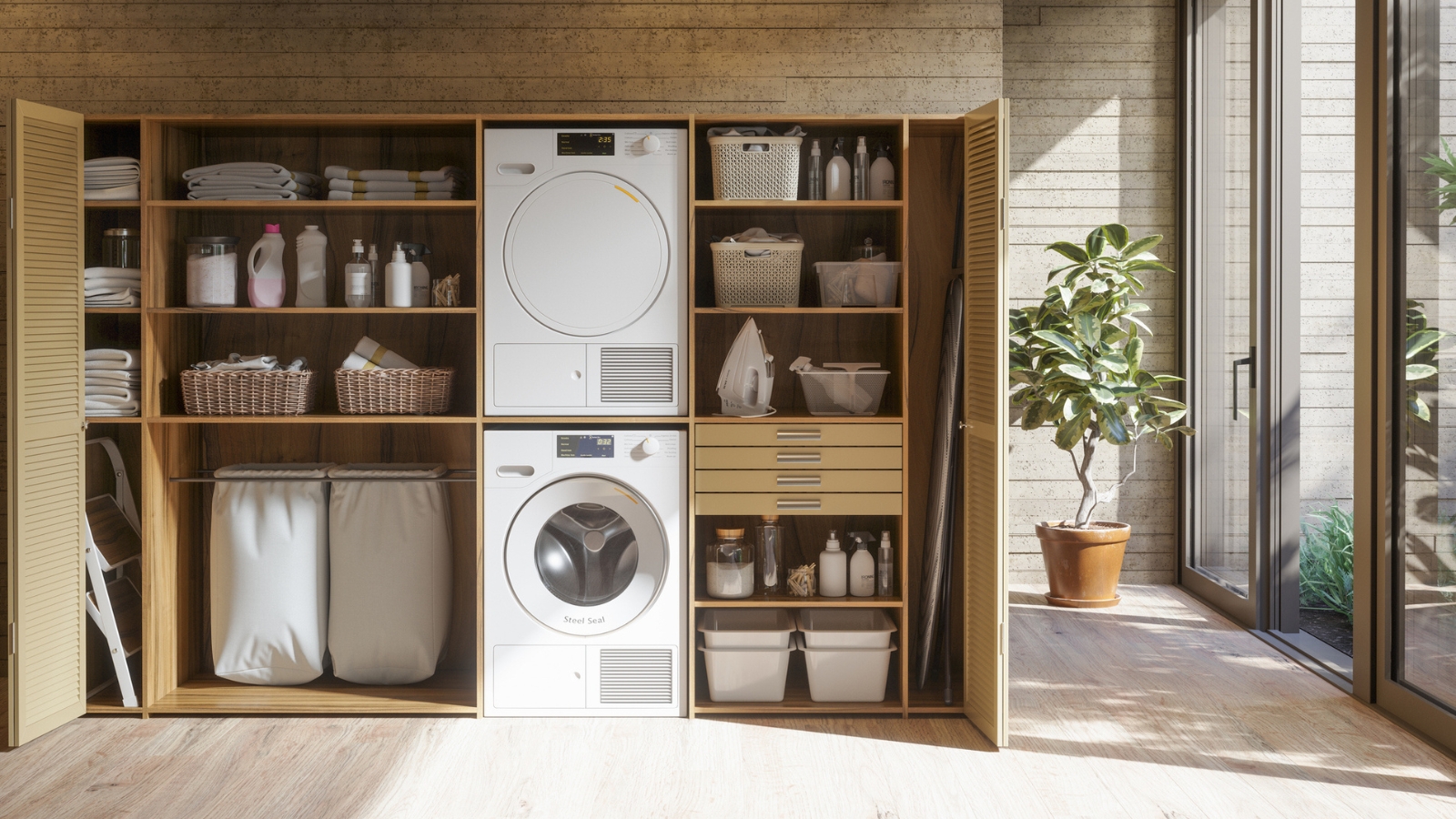 Experts reveal the 5 toxic items lurking in your laundry room – and what to swap them with for a healthier routine
Experts reveal the 5 toxic items lurking in your laundry room – and what to swap them with for a healthier routineFor a room focused on cleaning, some of its items can be surprisingly toxic
By Chiana Dickson